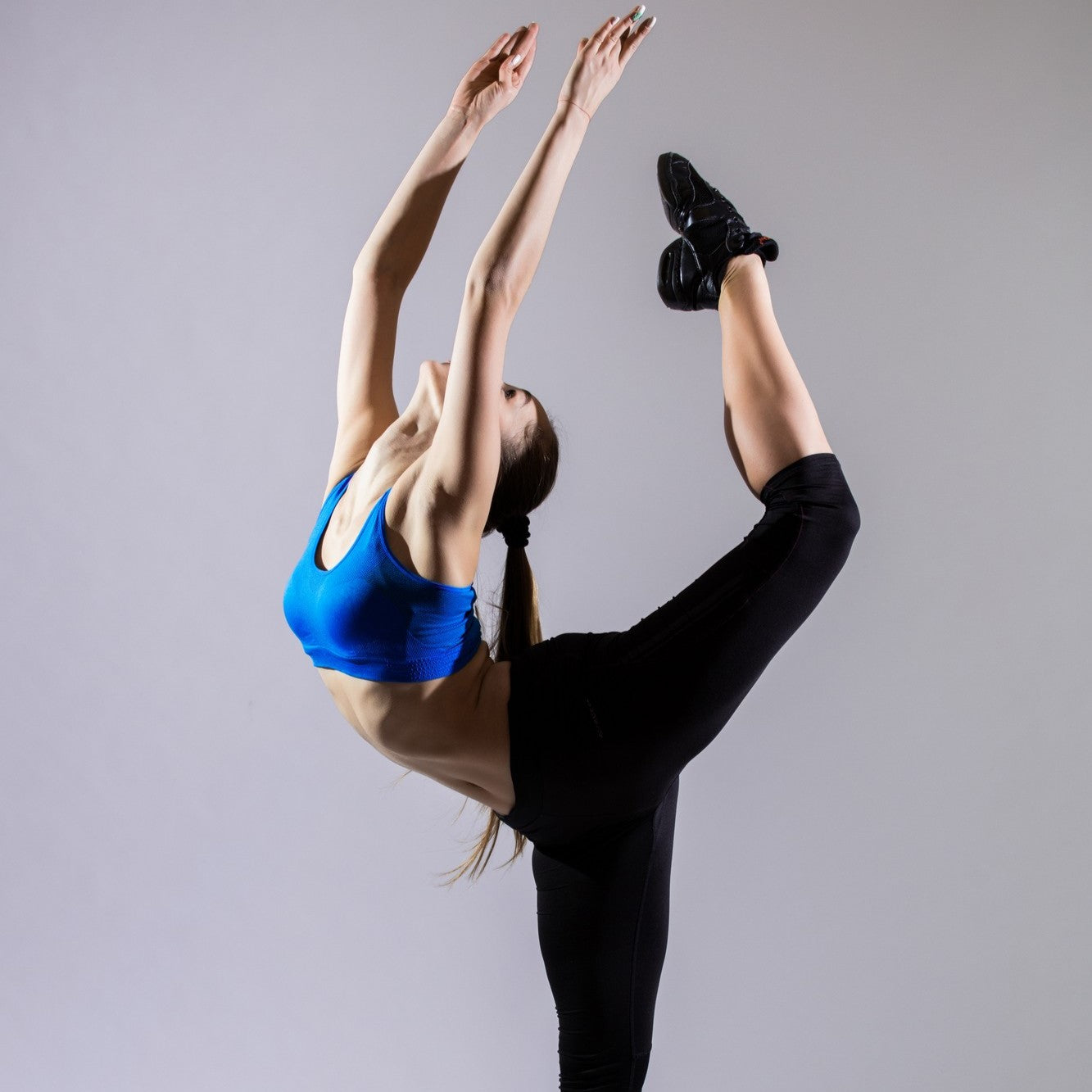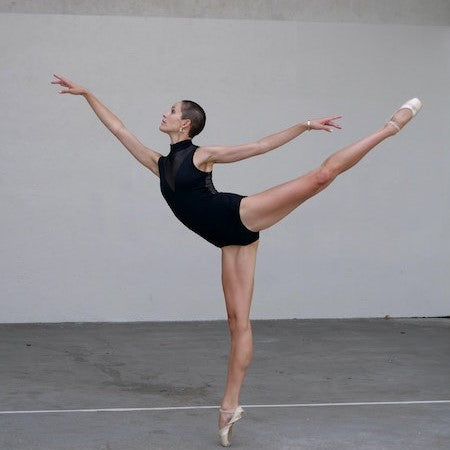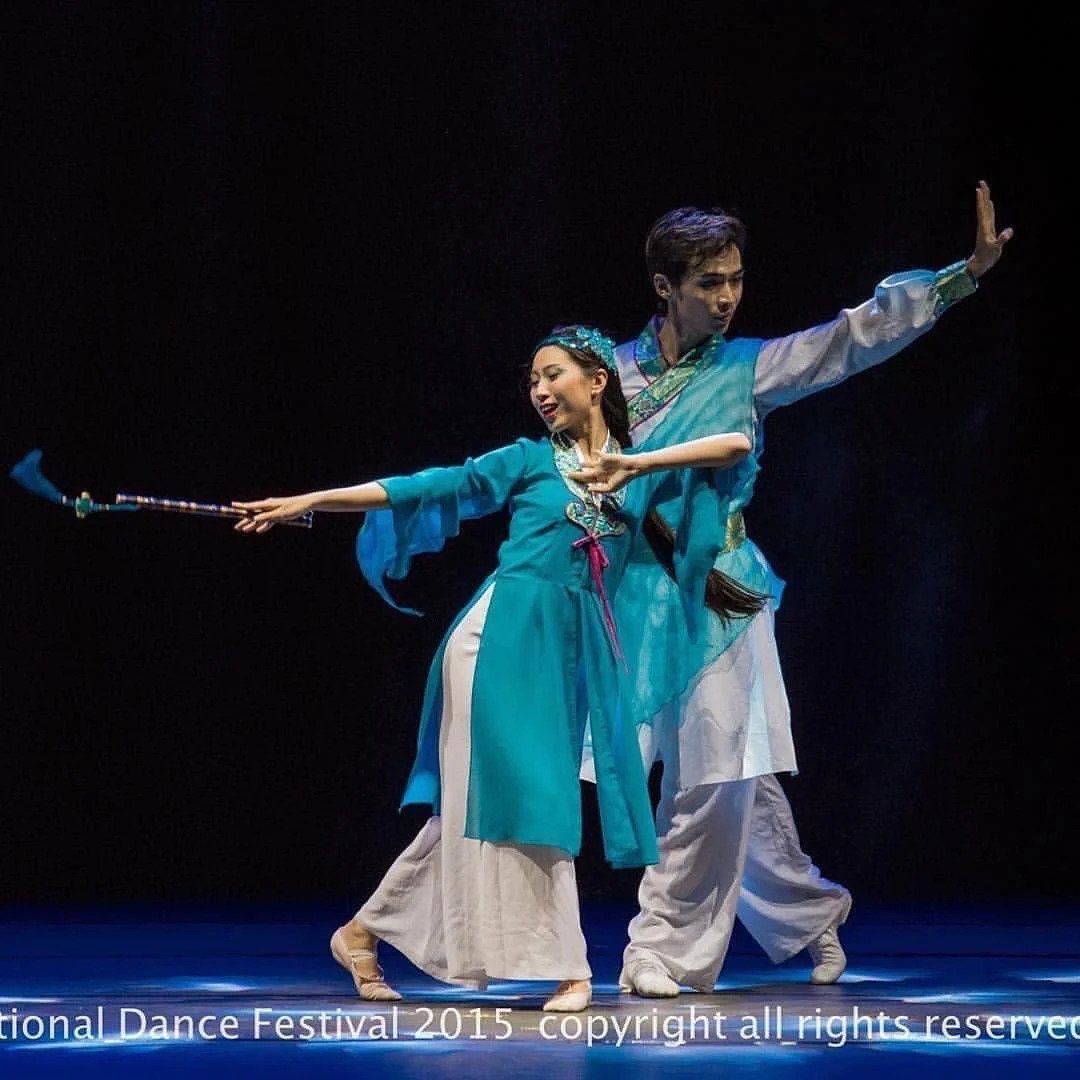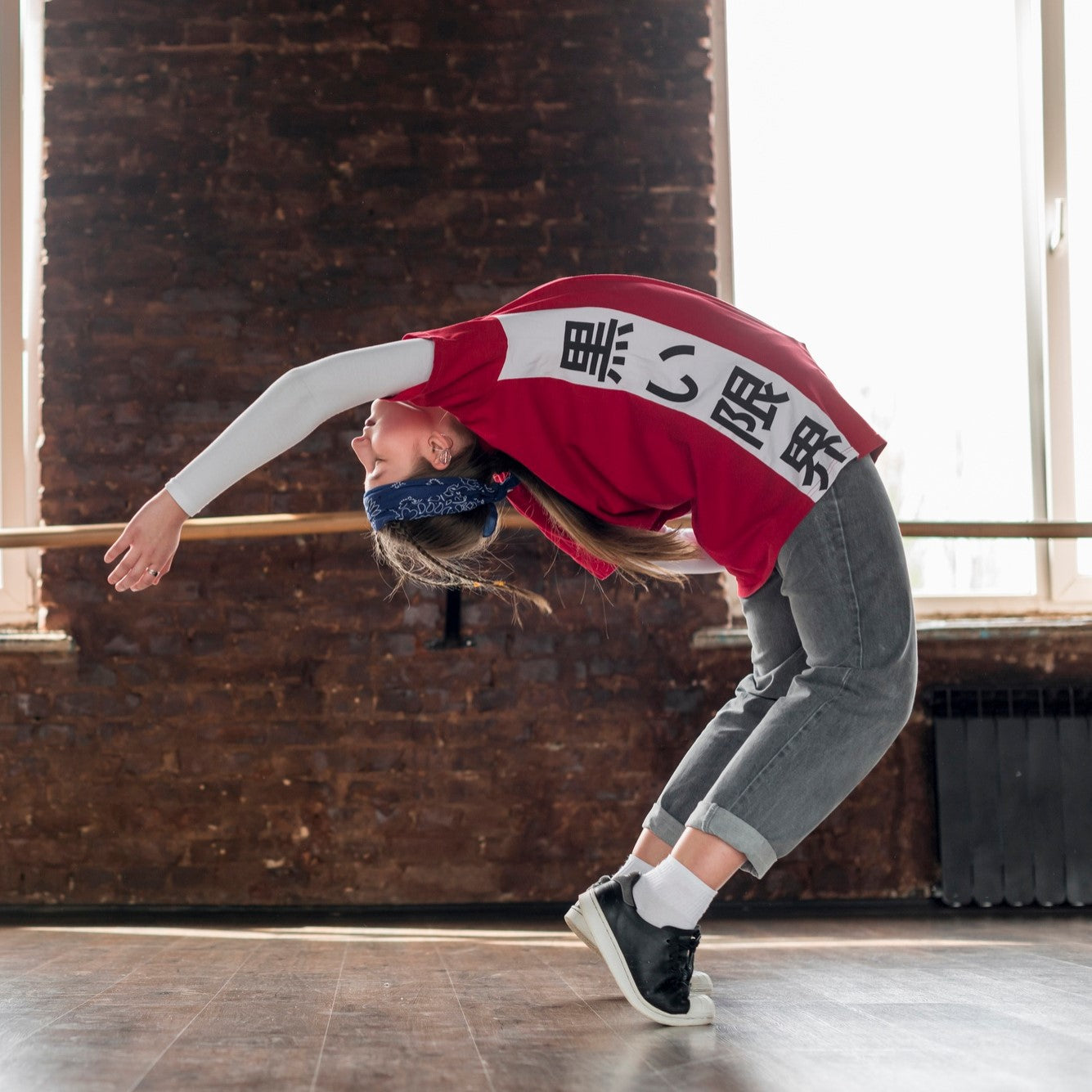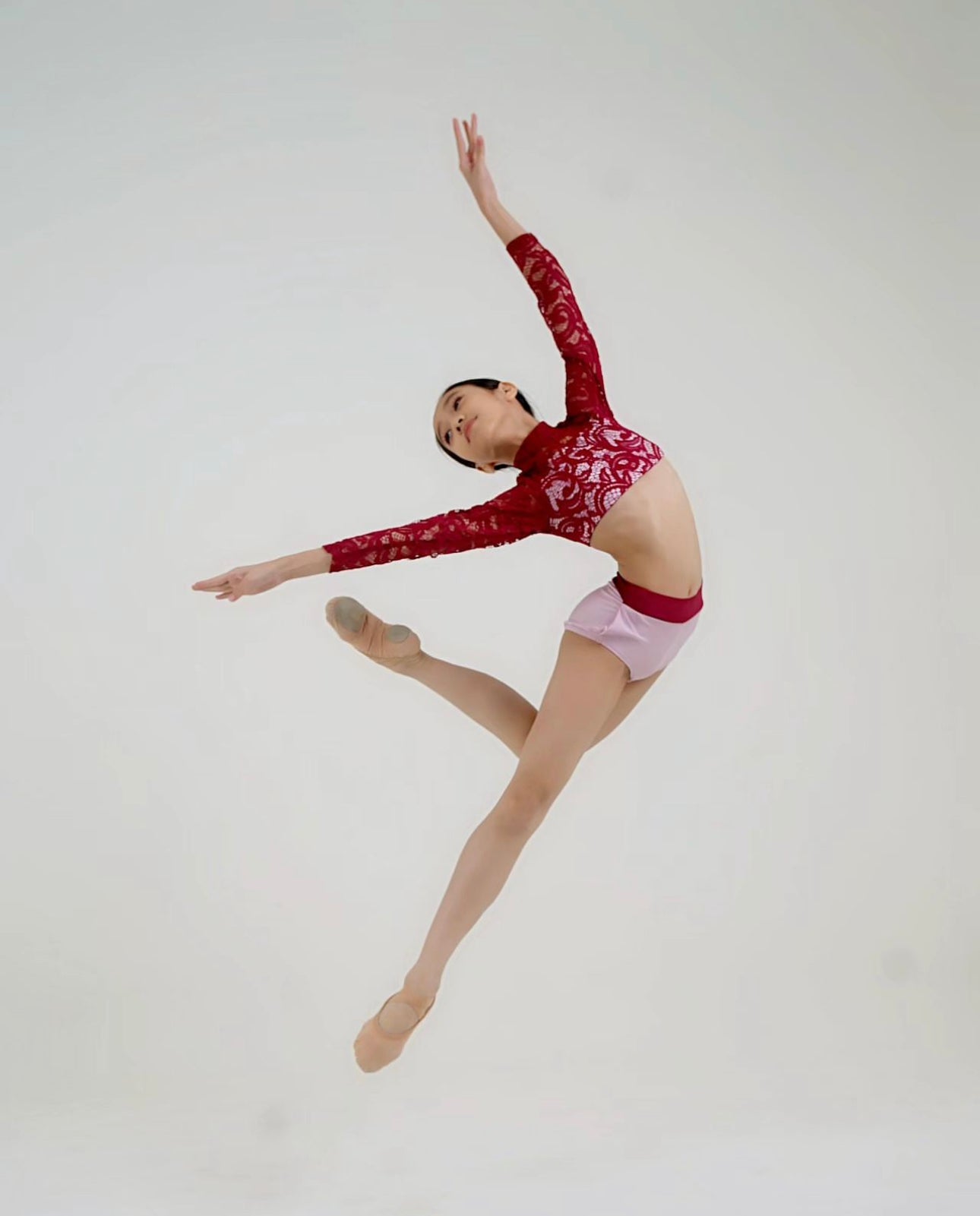Customer Service +65 8044 8419
Popular Products
Shatterproof Framed Mirror on Wheels
- From $659.00
$0.00- From $659.00
- Unit price
- / per
Shatterproof Frameless Mirror on Wheels
- From $729.00
$0.00- From $729.00
- Unit price
- / per
Shatterproof Frameless Hung On Wall Mirror
- From $539.00
$0.00- From $539.00
- Unit price
- / per
Popular Products
Shatterproof Framed Mirror on Wheels
- From $659.00
$0.00- From $659.00
- Unit price
- / per
Shatterproof Frameless Mirror on Wheels
- From $729.00
$0.00- From $729.00
- Unit price
- / per
Shatterproof Frameless Hung On Wall Mirror
- From $539.00
$0.00- From $539.00
- Unit price
- / per
-
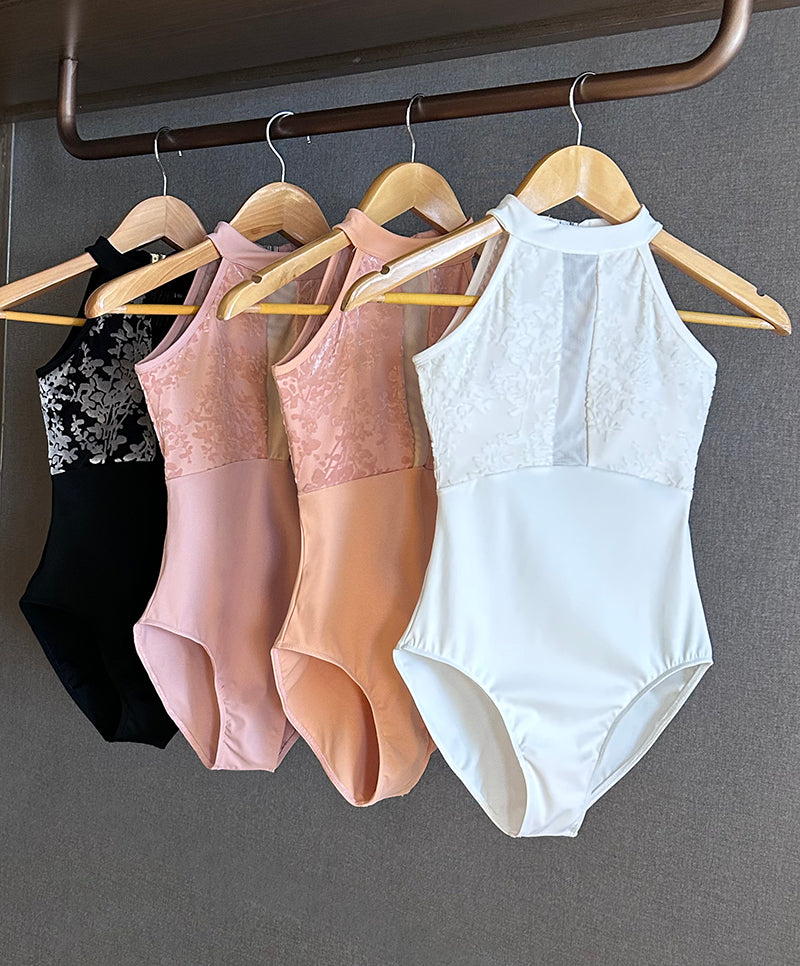 Dancewear
Dancewear
- Dancewear
- Go to Dancewear
-
 Collections
Collections
- Collections
- Go to Collections
-
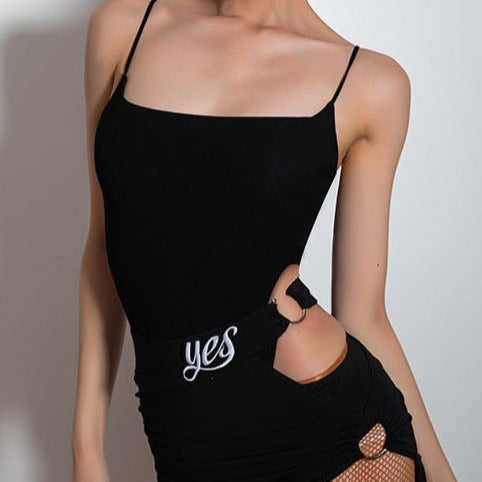 New
New
-
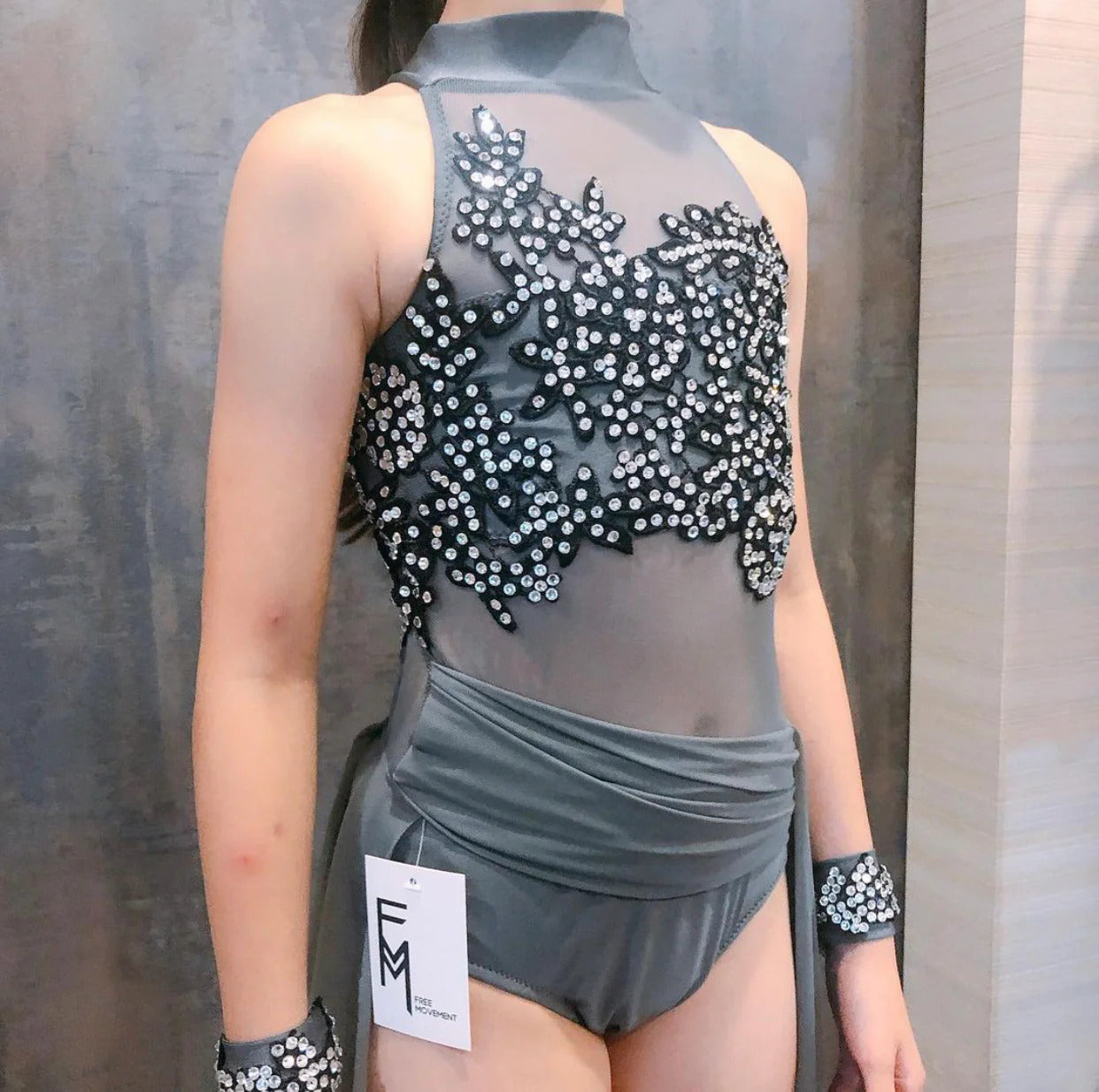 All
All
-
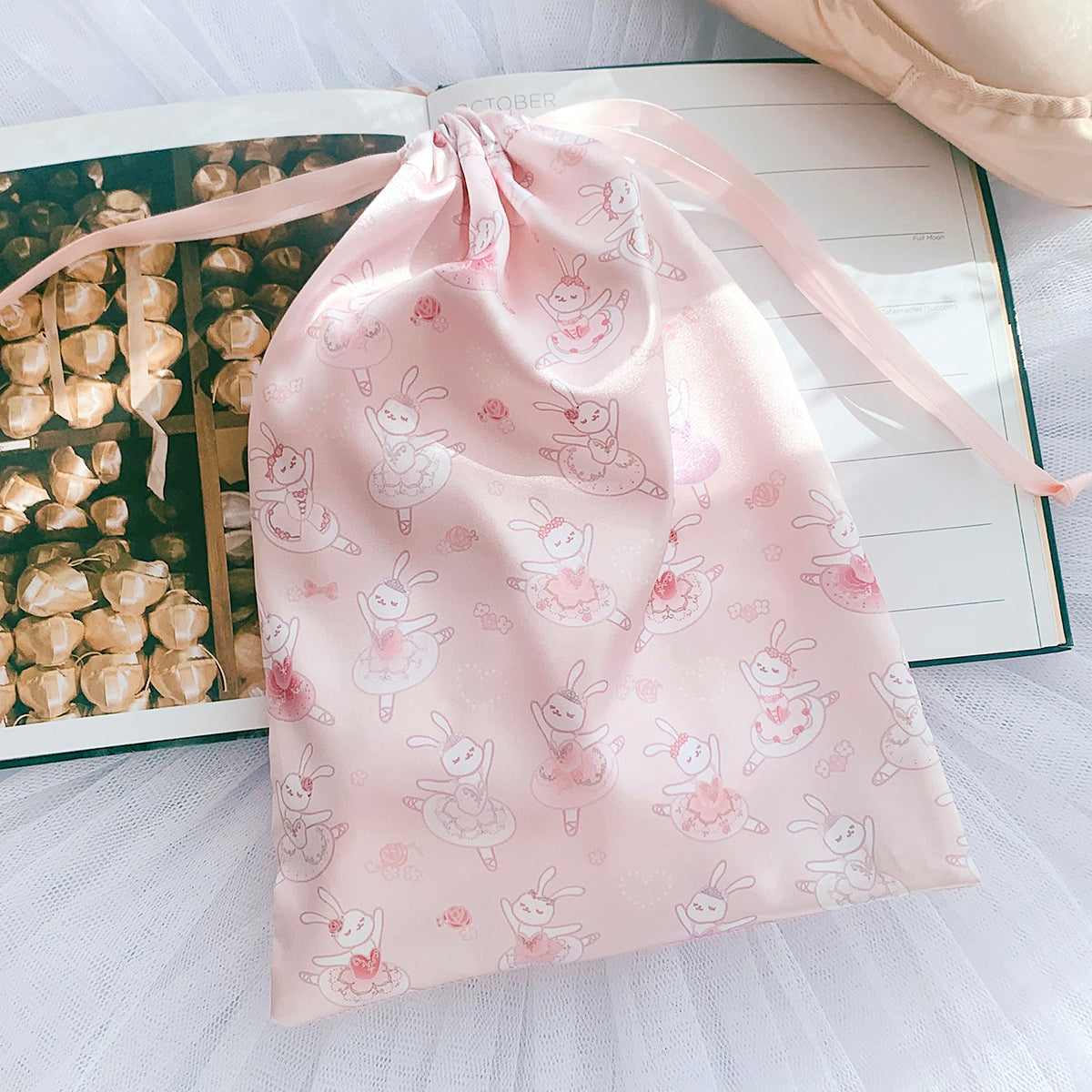 Gifts
Gifts
-
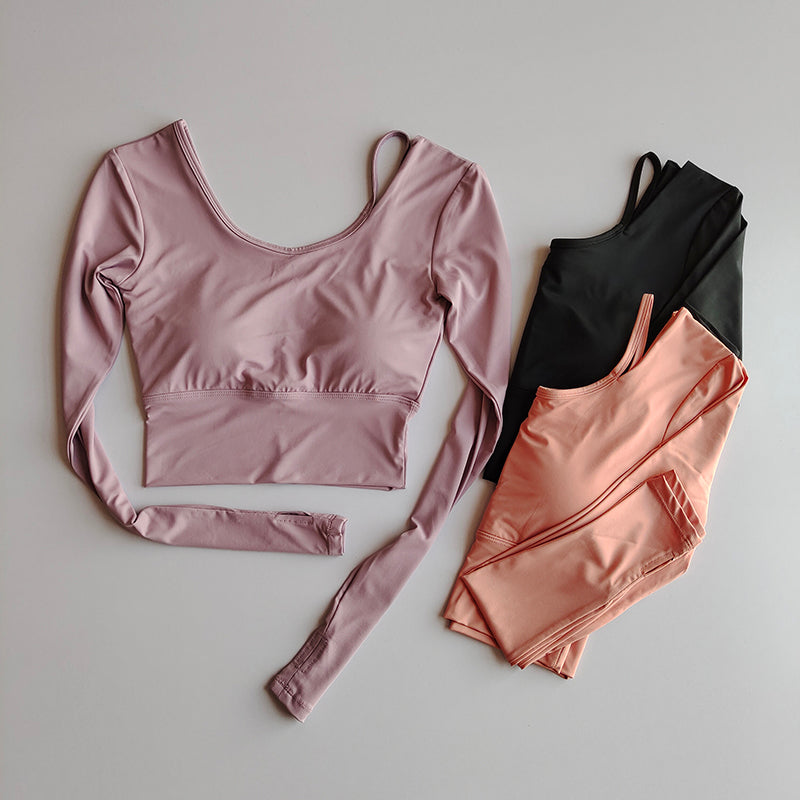 Tops
Tops
-
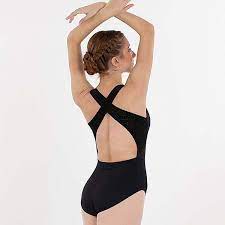 Leotards
Leotards
- Leotards
- Go to Leotards
-
 Leotards
Leotards
- Unitards
-
 Bottoms
Bottoms
-
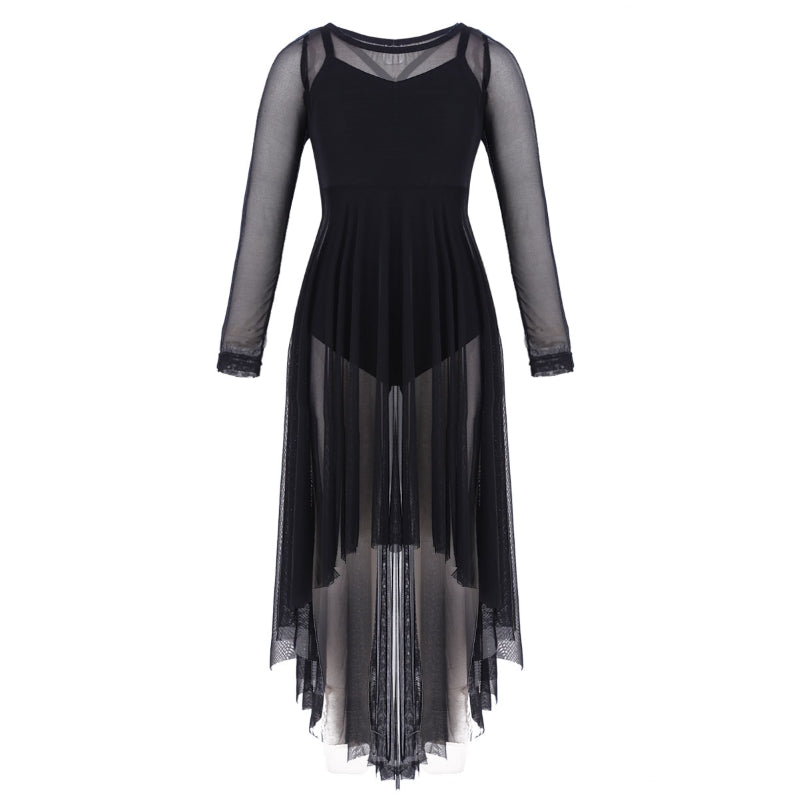 Dresses
Dresses
- Dresses
- Go to Dresses
-
 Dresses
Dresses
-
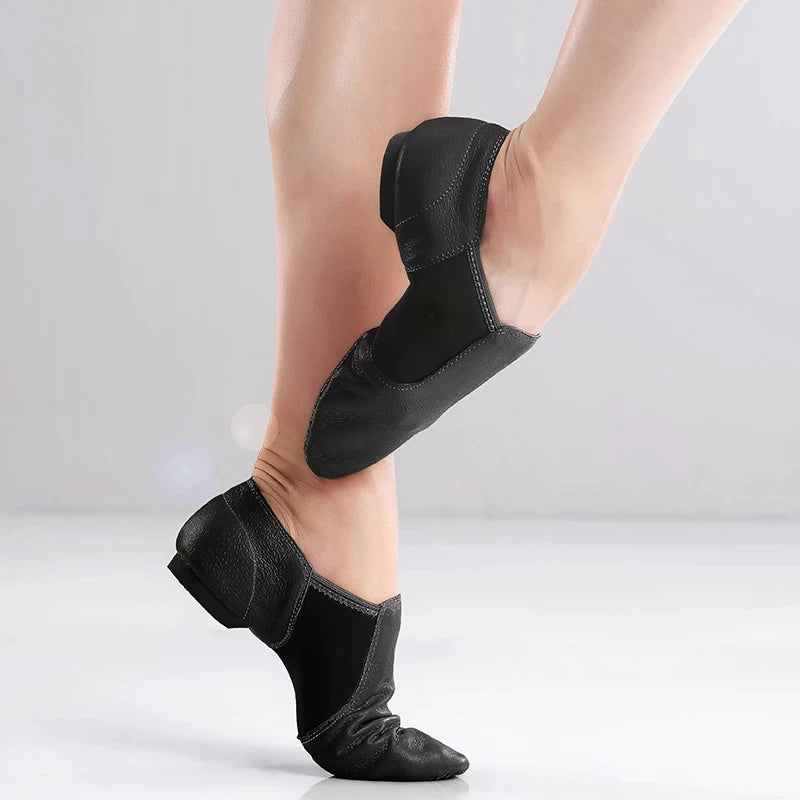 Footwear
Footwear
-
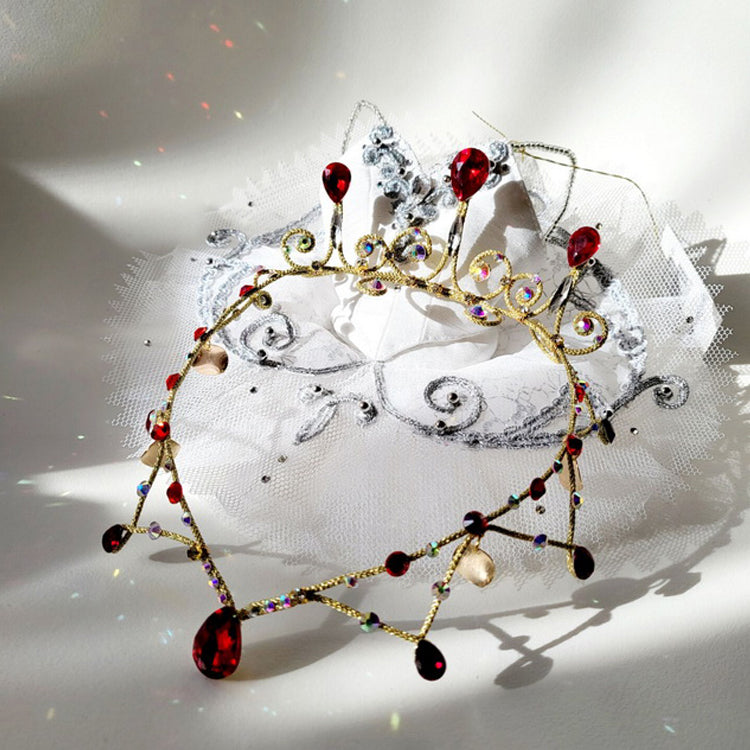 Accessories
Accessories
-
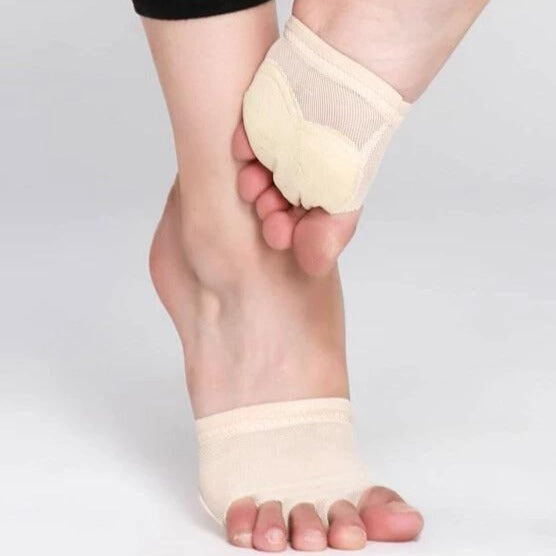 Dance Styles
Dance Styles
-
 Hair & Makeup
Hair & Makeup
- Hair & Makeup
- Go to Hair & Makeup
- Hair
-
 Makeup
Makeup
- Dance Hair Tips
-
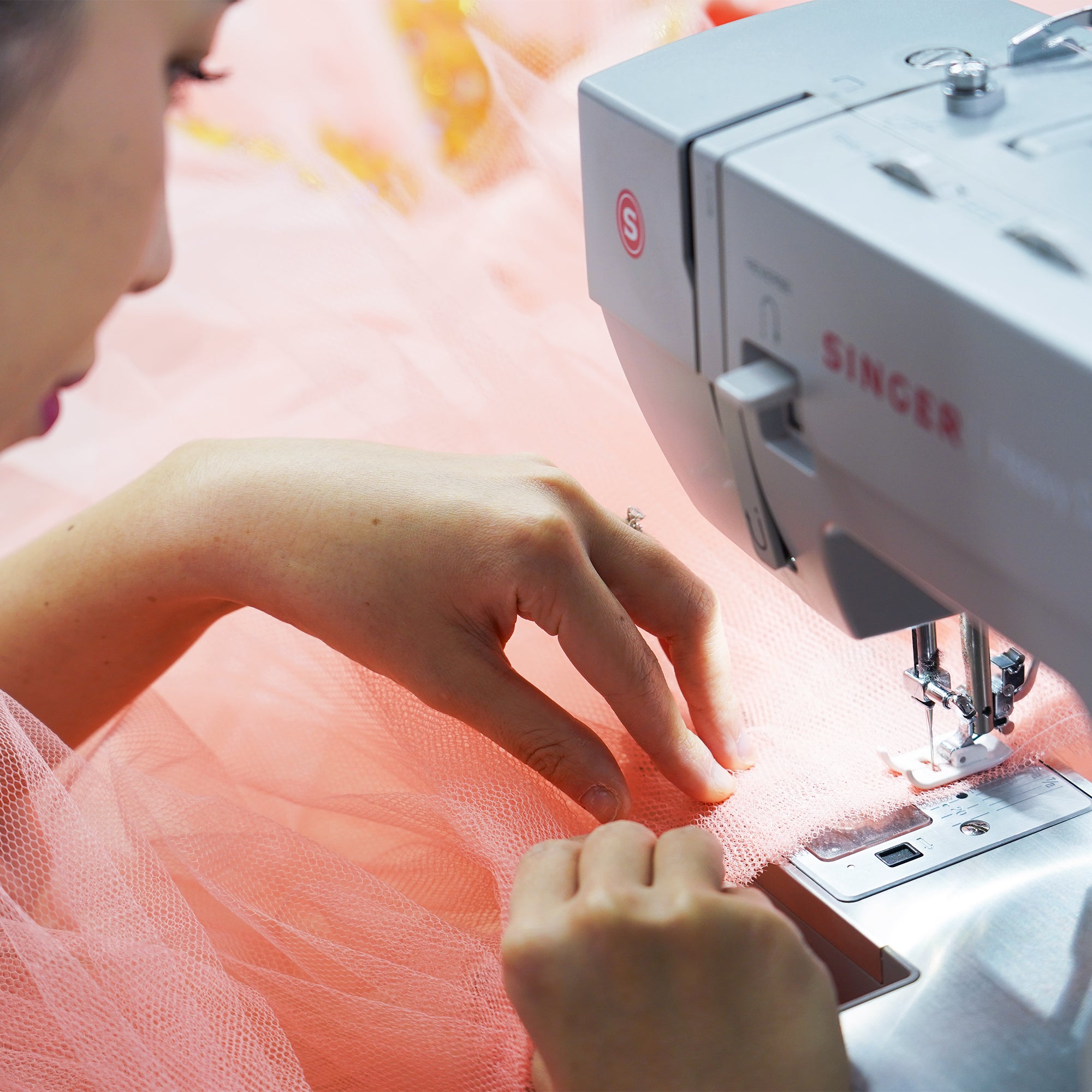 Tailoring
Tailoring
- Tailoring
- Go to Tailoring
-
 Tailoring Services
Tailoring Services
- Tailoring Services
- Go to Tailoring Services
- Our Tailoring Services
-
Designs Lookbook
- Designs Lookbook
- Go to Designs Lookbook
-
 Design Sketches
Design Sketches
- Design Sketches
- Go to Design Sketches
- All
- Tops
- Leotards
- Bottoms
- One Piece
- Ballet Tutus
- Sewing Class
-
DIY Accessories
- DIY Accessories
- Go to DIY Accessories
- Fabrics
- Rhinestoning
- Sewing Machines
- Sewing Accessories
-
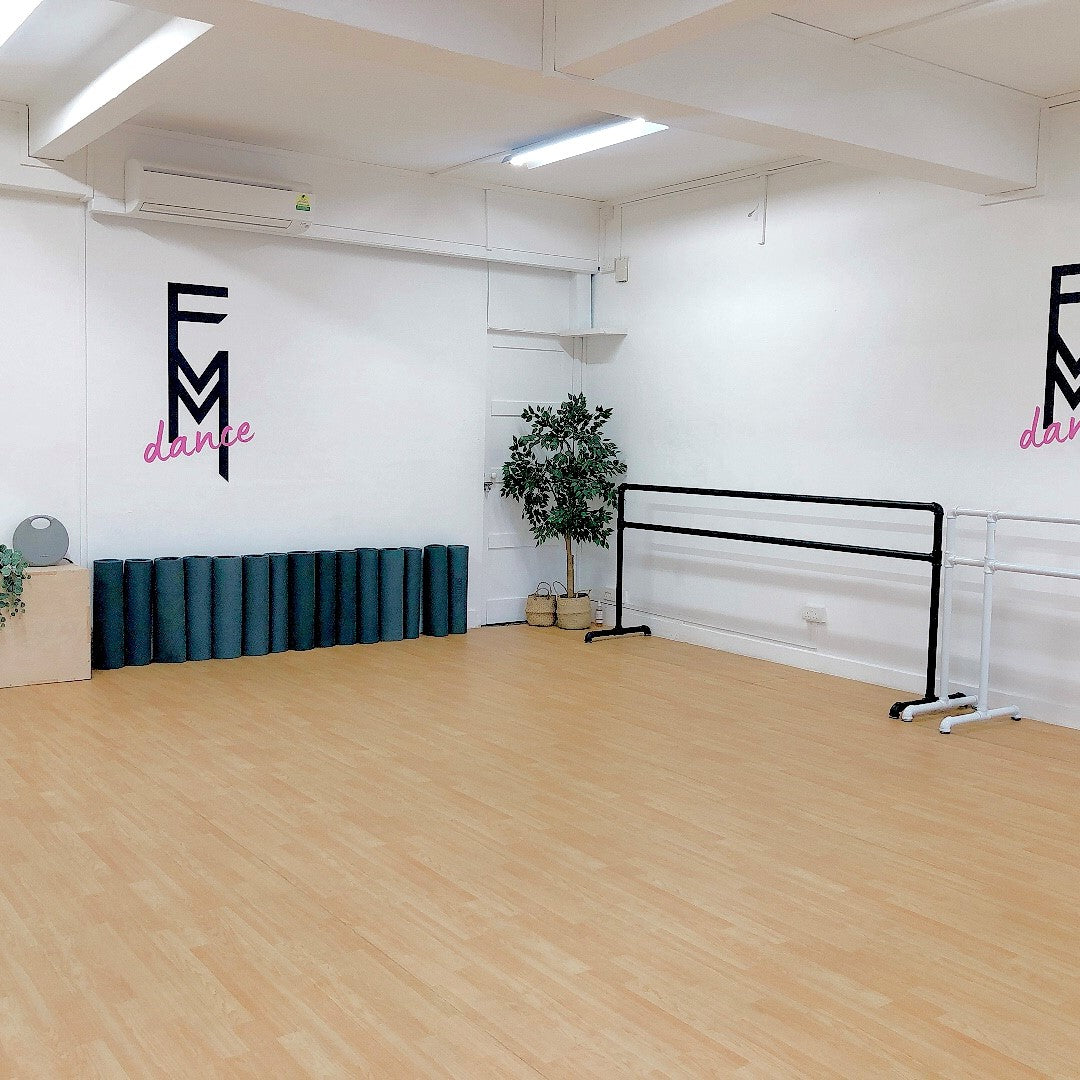 Rental
Rental
-
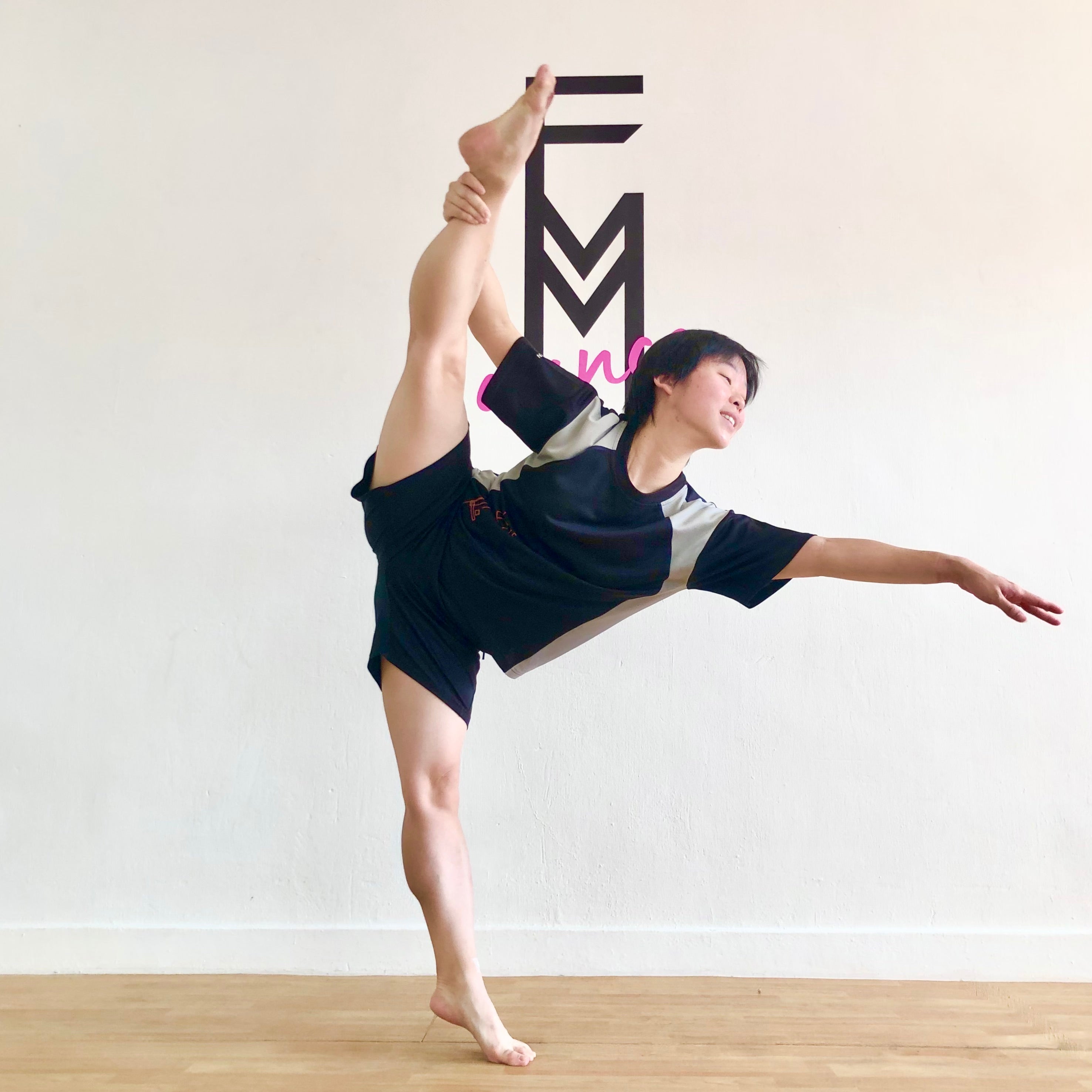 Classes
Classes
- Classes
- Go to Classes
-
About Our Studio
- About Our Studio
- Go to About Our Studio
- A Community Studio
- Instructors
-
Who Are Private Classes For?
- Who Are Private Classes For?
- Go to Who Are Private Classes For?
- Competition Dancers
- Complete Beginners
- Corporate Classes
- Solo Classes
- Group Classes
- Masterclasses
-
Pricing
- Pricing
- Go to Pricing
- Private Class Price
-
Private Class Booking
- Private Class Booking
- Go to Private Class Booking
- Private Class Booking
- Private Class Packages
-
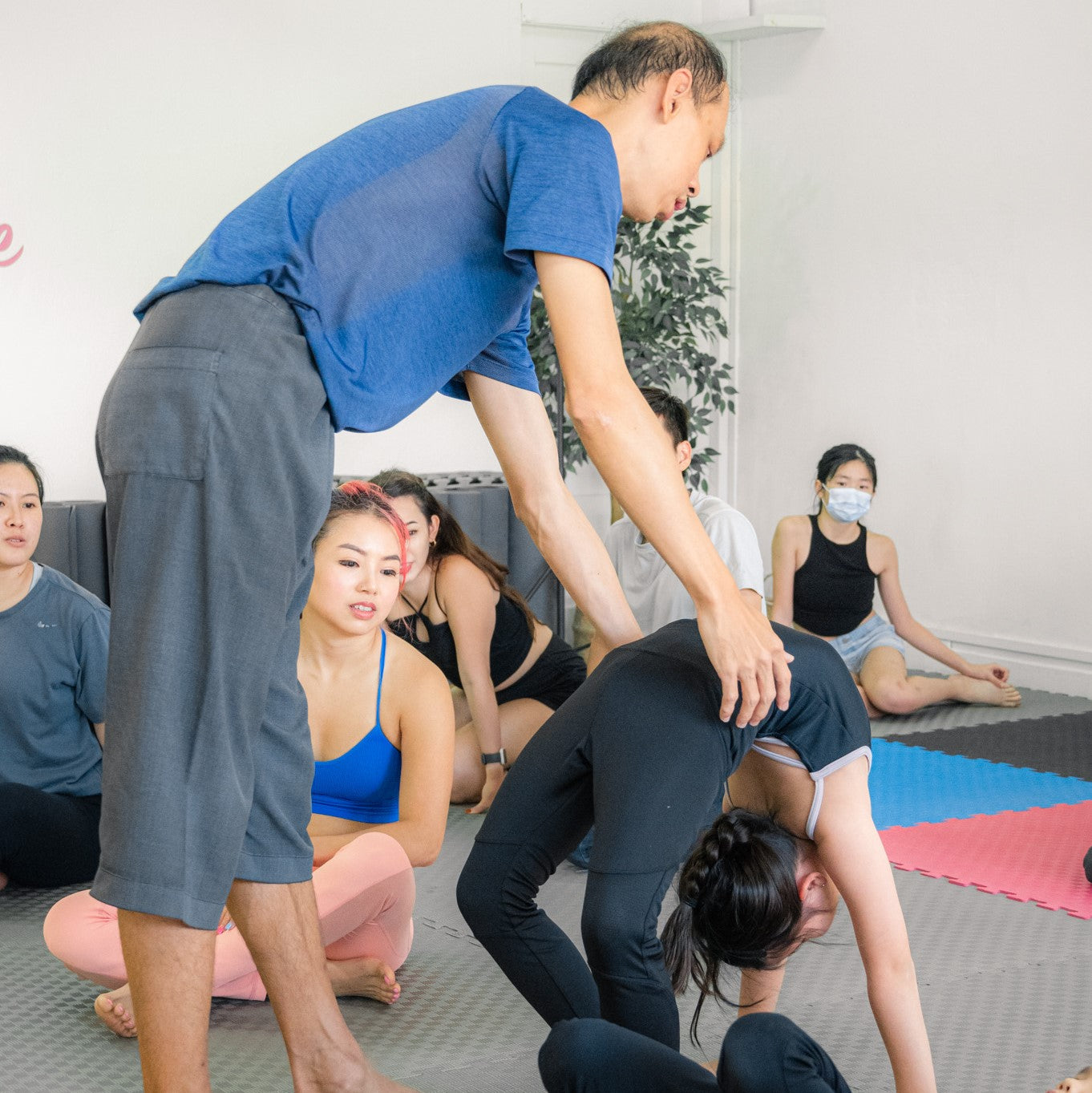 Dance Classes
Dance Classes
-
Fitness & Wellness
- Fitness & Wellness
- Go to Fitness & Wellness
-
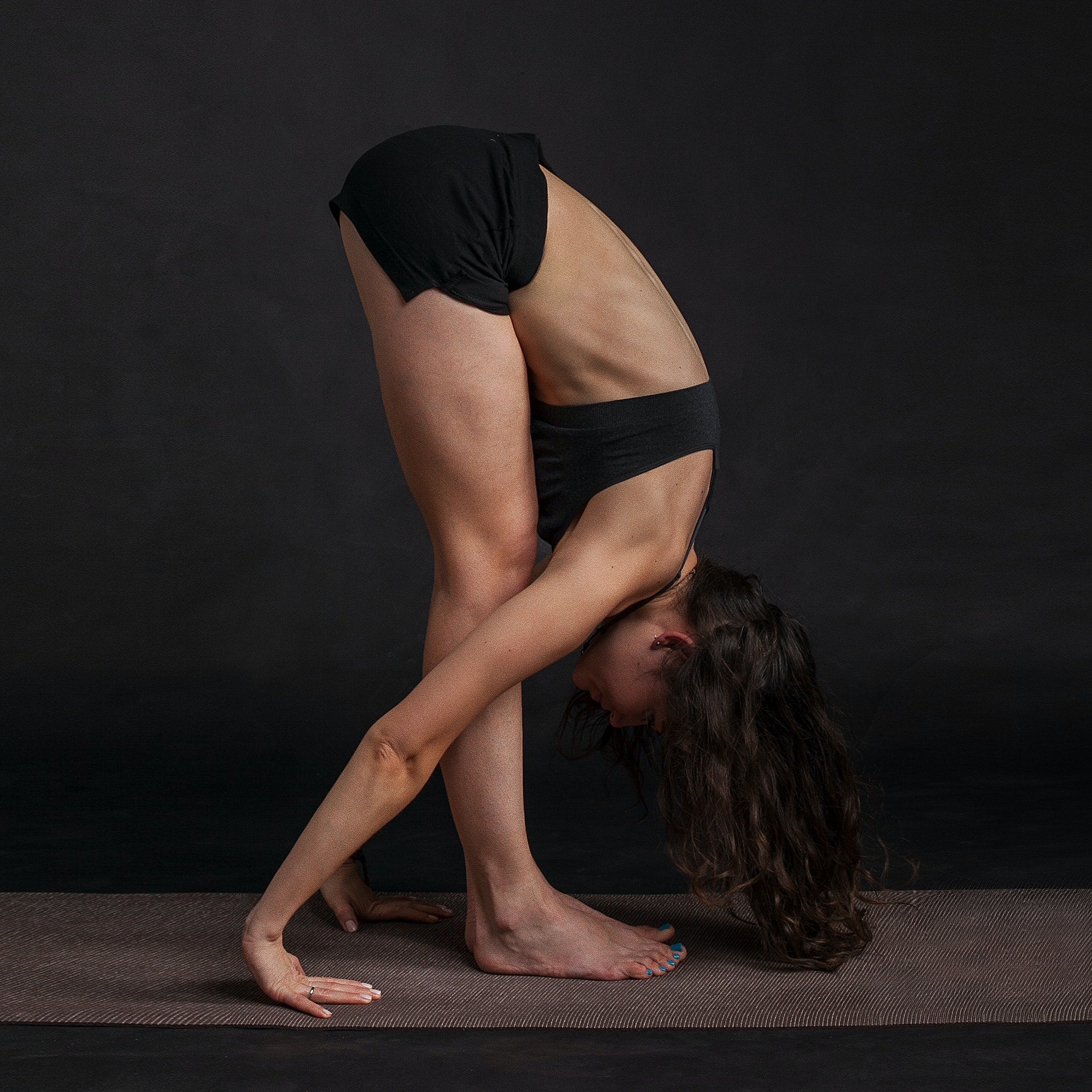 Yoga
Yoga
-
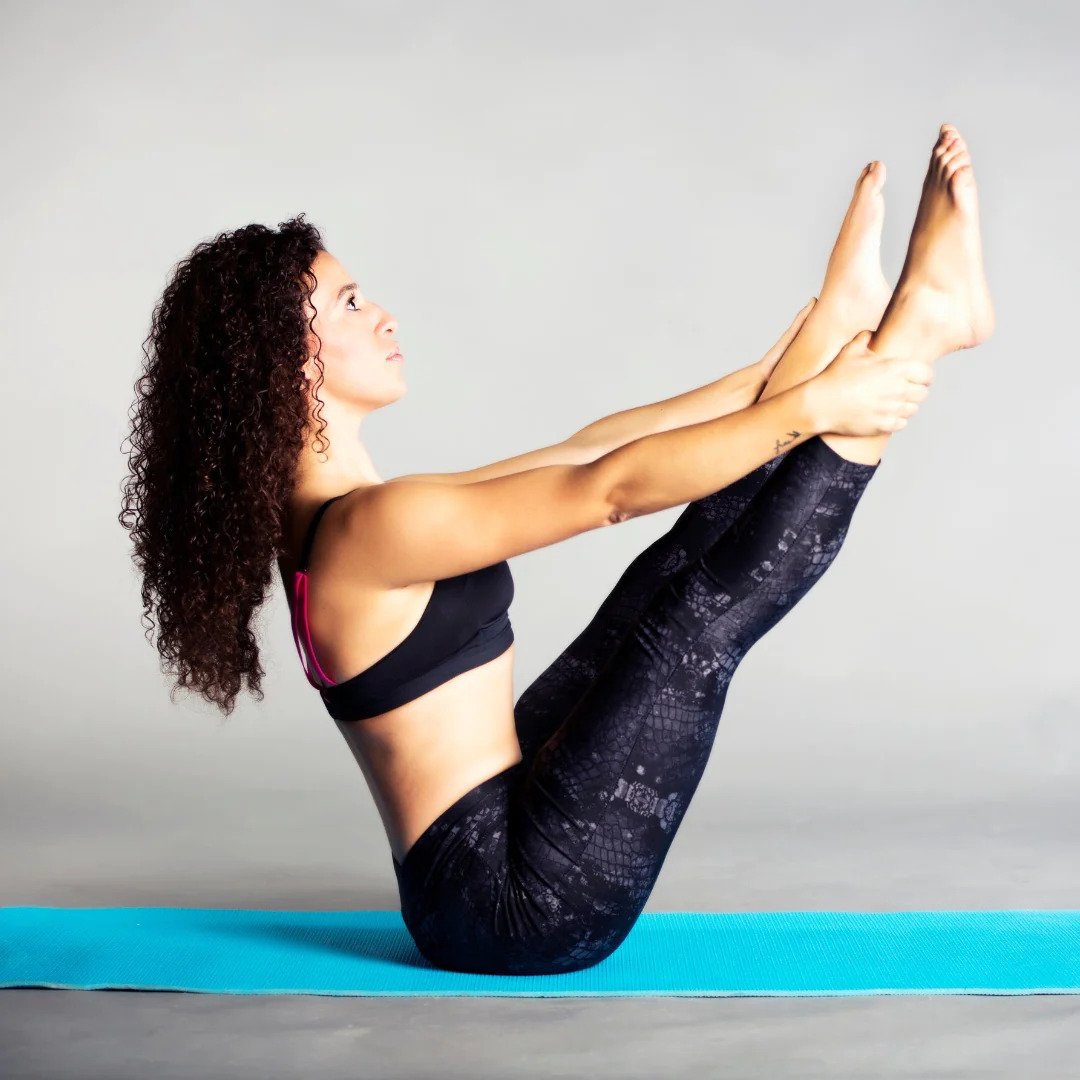 Pilates
Pilates
- Zumba
- Barre Fitness
-
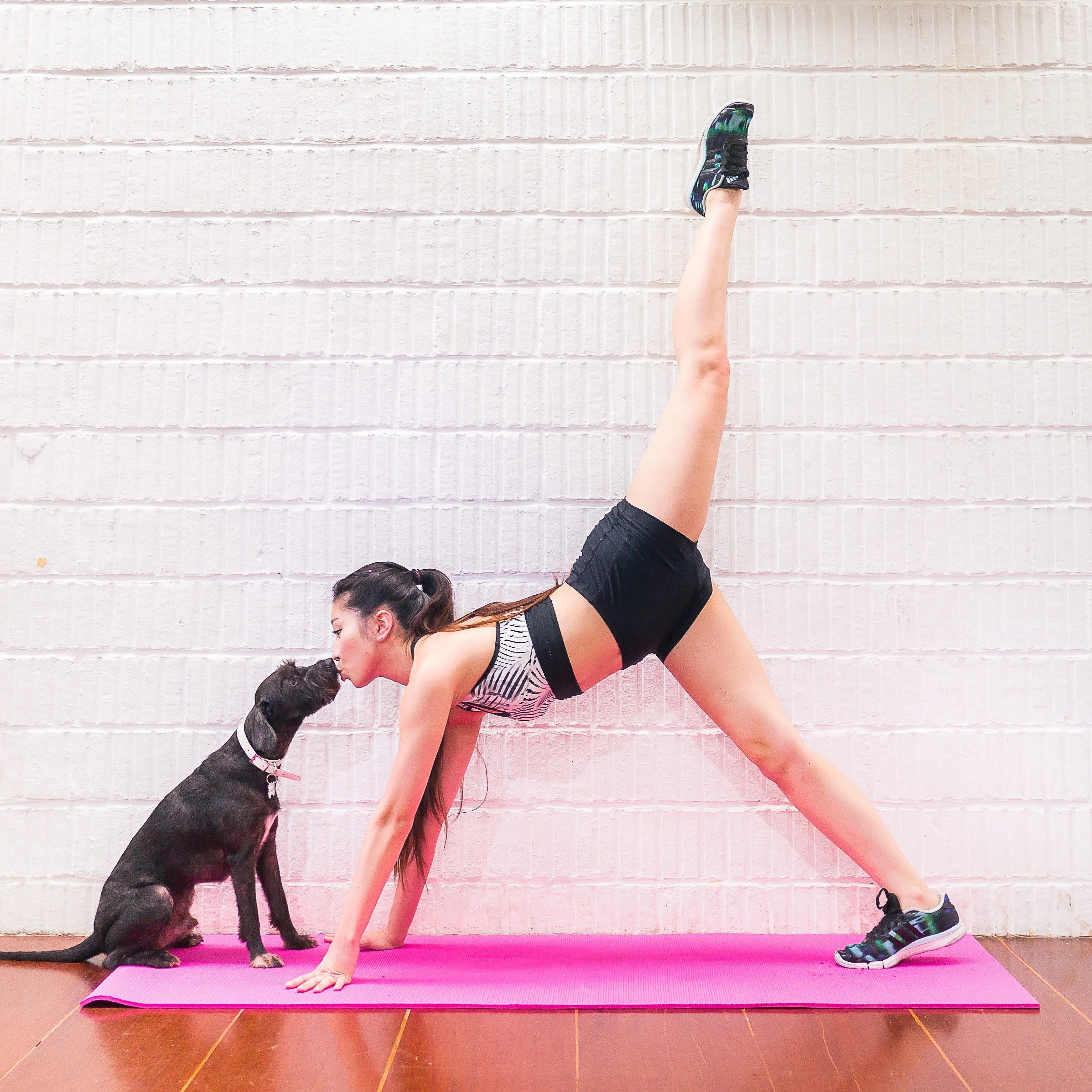 Stretch & Tone
Stretch & Tone
- Dance Therapy
- Sports Massage
- Class Videos
-
 Choreography Services
Choreography Services
- Choreography Services
- Go to Choreography Services
- DSA
- Events
- Wedding
- Auditions
- Performances
-
Online Dance Class
- Online Dance Class
- Go to Online Dance Class
- Online Private Dance Class
- Online Dance Courses
-
 Equipments
Equipments
- Equipments
- Go to Equipments
-
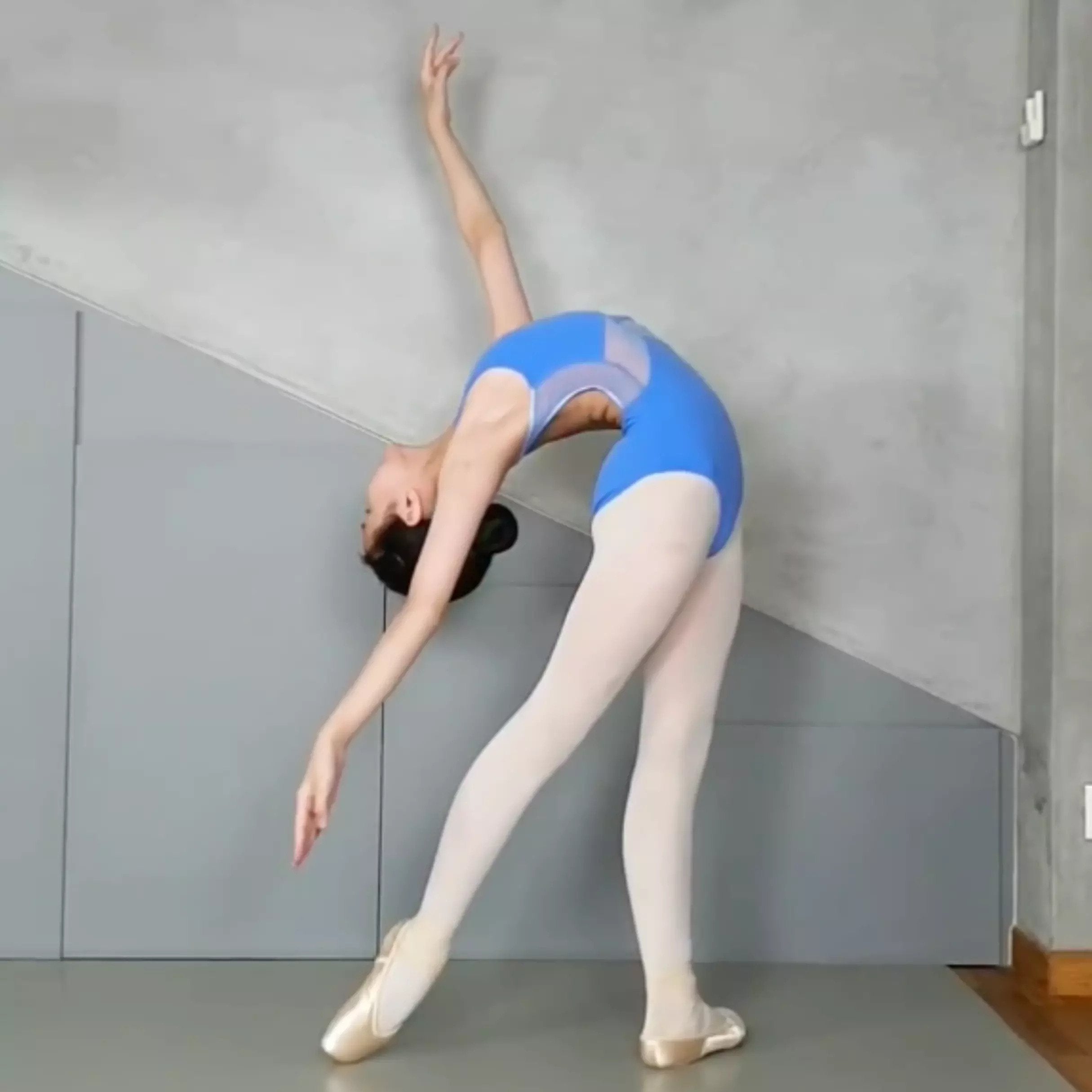 Marley Dance Mats
Marley Dance Mats
-
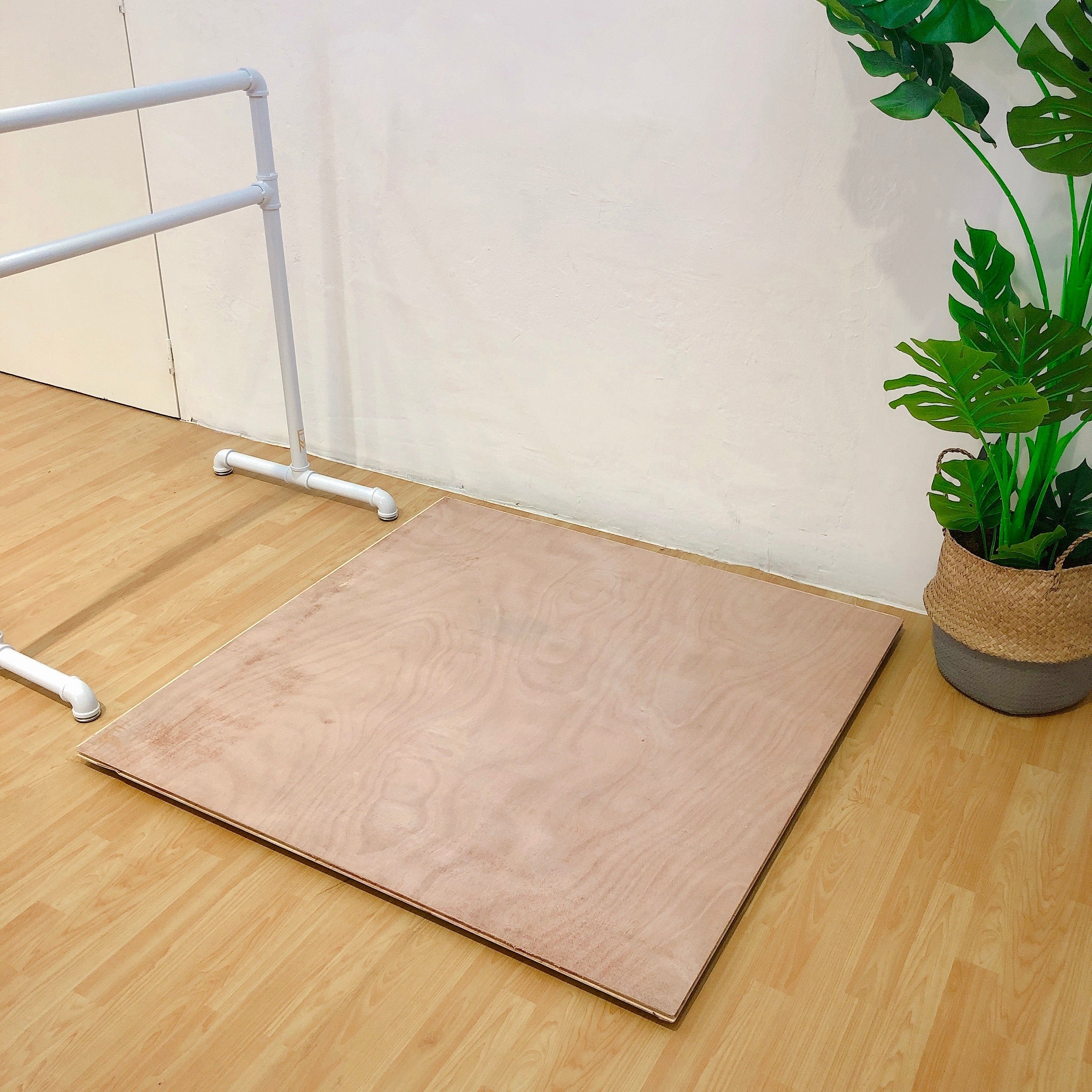 Sprung Dance Floor
Sprung Dance Floor
- Sprung Dance Floor
- Go to Sprung Dance Floor
- Limitless Sprung Floor
- Sprung Floor Installation
-
 Soundproof Mats
Soundproof Mats
- Soundproof Mats
- Go to Soundproof Mats
-
 Soundproof Mats
Soundproof Mats
- Soundproof Flooring Installation
-
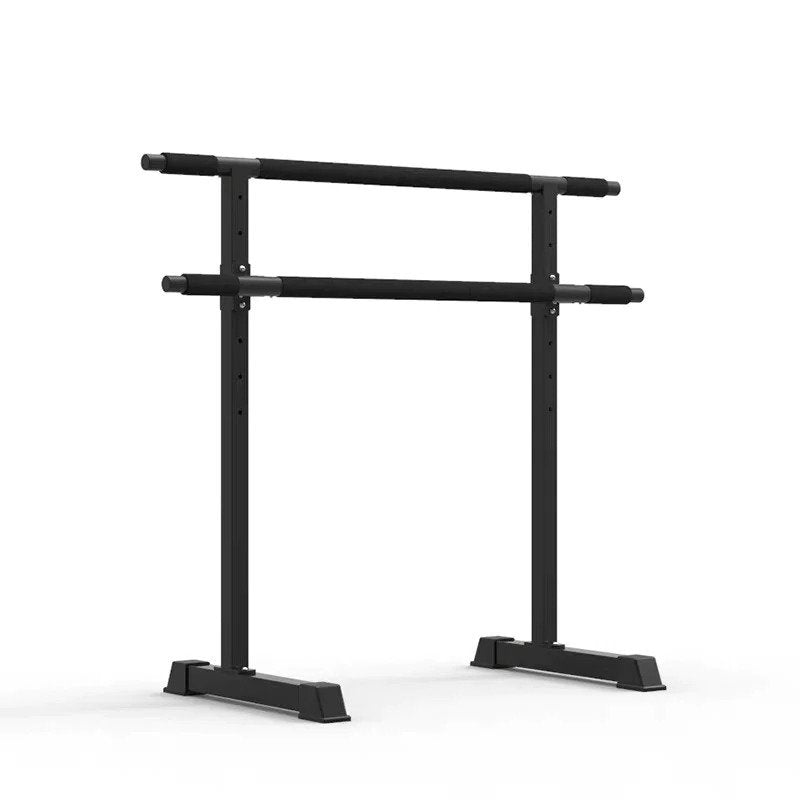 Ballet Barres
Ballet Barres
-
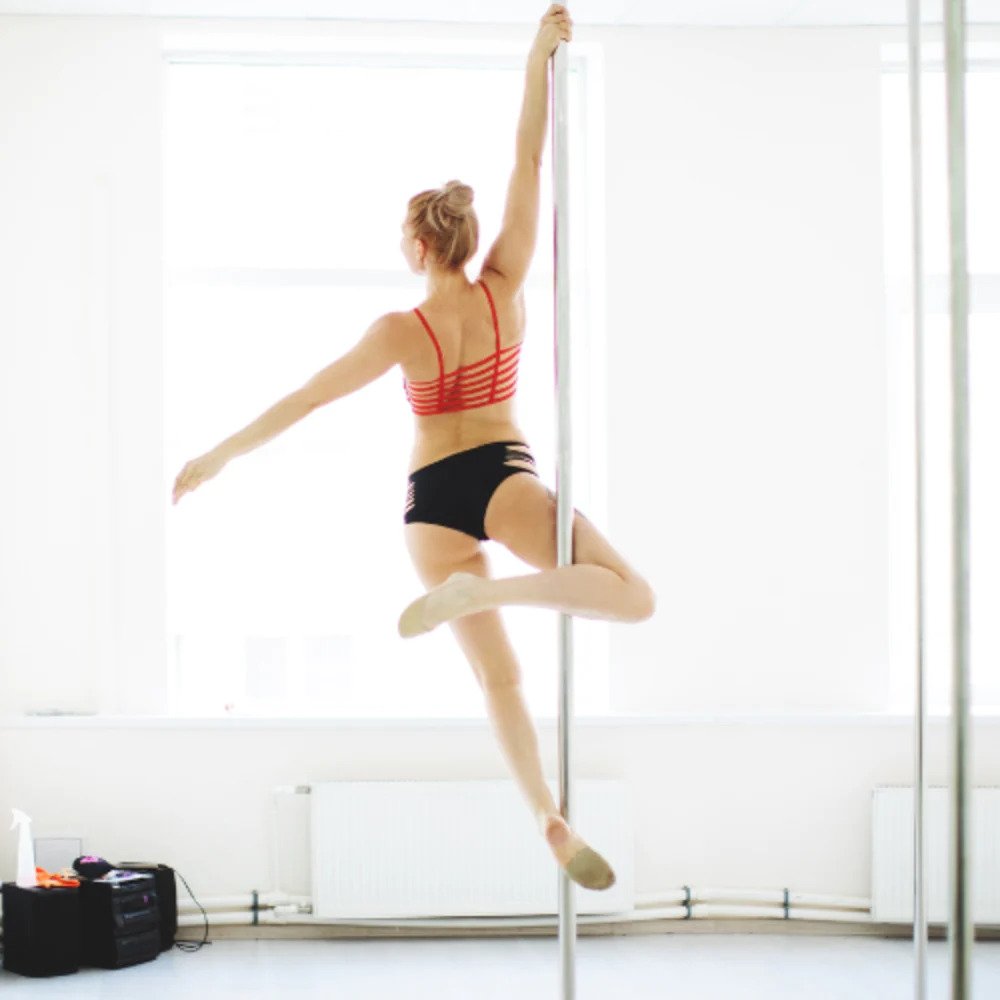 Dance Poles
Dance Poles
-
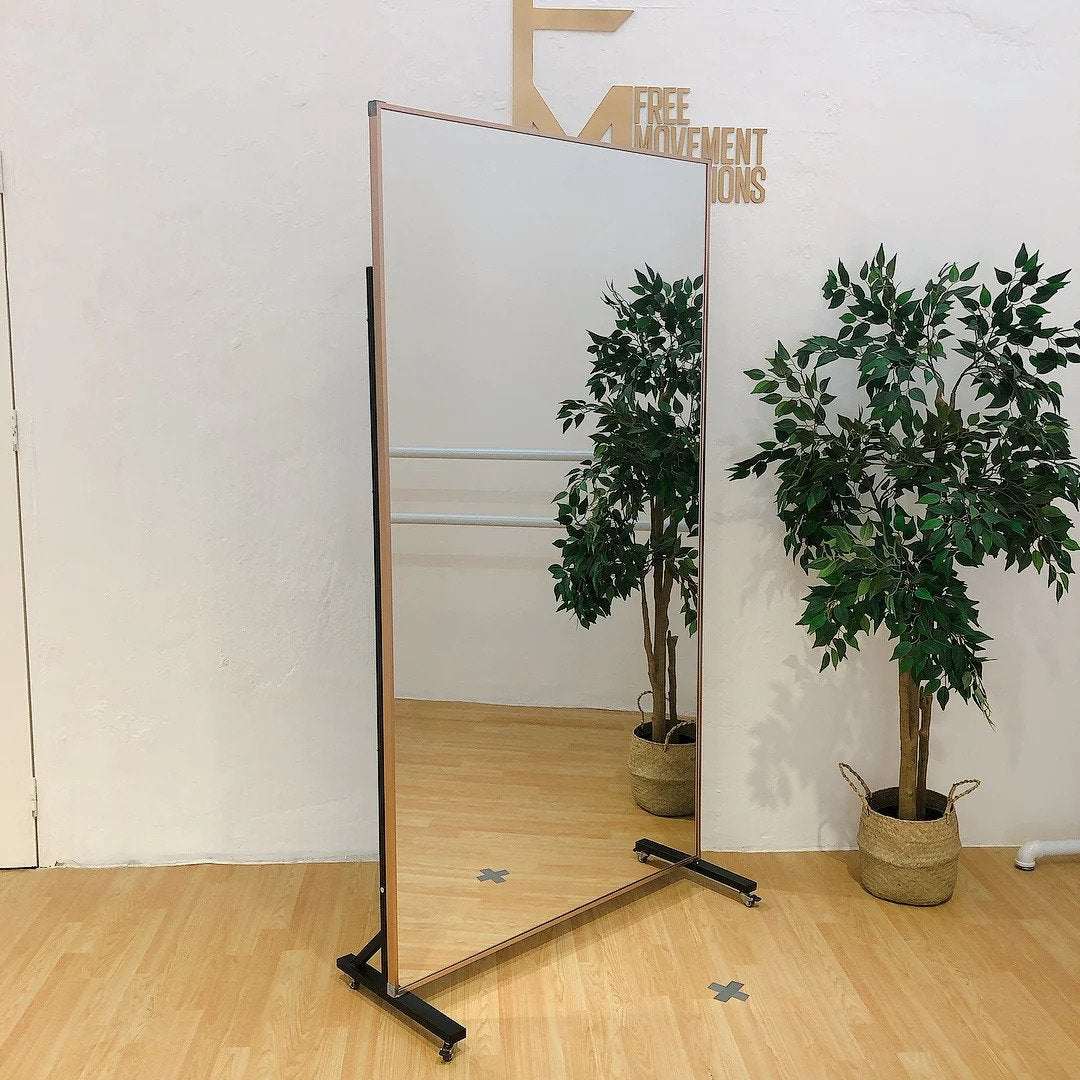 Shatterproof Mirrors
Shatterproof Mirrors
-
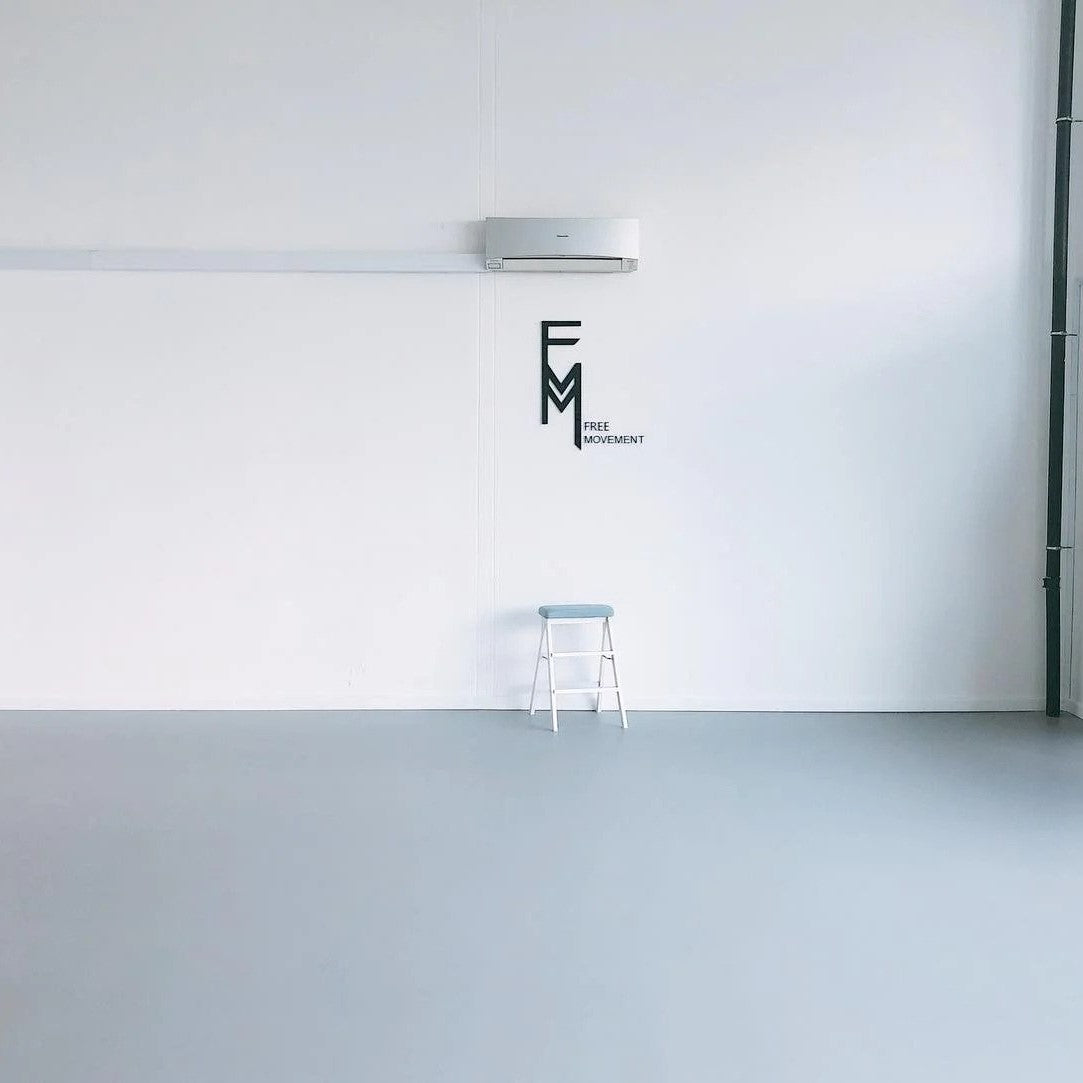 Dance Floor Rental
Dance Floor Rental
- Dance Floor Rental
- Go to Dance Floor Rental
- Marley Dance Mat Rental
- Installation
-
 Installation
Installation
-
 Charity
Charity
Jazz
Explore the Dynamic World of Jazz Dance
Embark on a Journey of Expression with Jazz

Jazz dance is an energetic and expressive dance genre that blends elements of ballet, tap, and contemporary dance with the rhythms of jazz music. Known for its upbeat style, intricate footwork, and creative expression, jazz dance has become a staple in musical theater, dance competitions, and entertainment. Whether you're interested in learning jazz dance for fun, fitness, or performance, this guide provides an overview of its history, fascinating facts, and how you can start your jazz dance journey with us.
A Brief History of Jazz Dance
Jazz dance originated in the early 20th century, with roots in African-American vernacular dance. It emerged alongside the rise of jazz music, which became popular in the United States during the Jazz Age (1920s and 1930s). Influenced by the rhythms and movements of African dances, jazz dance incorporated syncopation, improvisation, and a playful attitude.
As jazz dance evolved, it became associated with musical theater and Broadway productions. Choreographers like Jack Cole, Bob Fosse, and Jerome Robbins played significant roles in shaping the style, bringing jazz dance to the stage and screen. Their unique approach combined the energy of jazz with theatrical storytelling, resulting in iconic performances in musicals like "Chicago," "Cabaret," and "West Side Story."
In the mid-20th century, jazz dance continued to evolve, incorporating elements from other dance genres, such as ballet and contemporary dance. This fusion allowed for greater creativity and versatility, leading to new styles like lyrical jazz and contemporary jazz.
Today, jazz dance remains a popular genre, with dance studios, schools, and competitions offering a wide range of jazz dance classes and opportunities for dancers to showcase their skills.
Fascinating Facts About Jazz Dance
Jazz dance is a lively and diverse genre with many unique characteristics:
- Energy and Rhythm: Jazz dance is known for its high energy and rhythmic movements. Dancers often perform to upbeat music with strong beats, allowing them to explore syncopated rhythms and dynamic footwork.
- Expressive and Theatrical: Jazz dance encourages expression and storytelling. Dancers use their movements to convey emotions and narratives, making jazz dance a popular choice for musical theater and stage performances.
- Fusion of Styles: Jazz dance incorporates elements from various dance genres, including ballet, tap, and contemporary dance. This fusion allows for a wide range of movement styles and techniques.
- Influence on Popular Culture: Jazz dance has had a significant impact on popular culture, influencing music videos, television shows, and movies. Choreographers like Bob Fosse and Jerome Robbins are renowned for their contributions to both jazz dance and popular culture.
- Versatility and Adaptability: Jazz dance is a versatile genre that can be adapted to different music styles and performance contexts. This flexibility allows dancers to explore their creativity and develop their unique style.
Celebrated Jazz Dancers
Discover the rhythmic sensations of Jazz through these celebrated dancers:
- Bob Fosse: Known for his unique style, Fosse's choreography has left an indelible mark on Jazz dance.
- Dmitry Chaplin: A professional ballroom and Latin dancer who gained recognition through his performances on "So You Think You Can Dance."
- Luigi: A legendary Jazz dancer and choreographer who developed the Luigi Jazz technique.
Types of Jazz Dance
Jazz comes in various forms, each with its distinctive flair:
- Traditional Jazz: Incorporates classic Jazz steps and choreography.
- Lyrical Jazz: Blends Jazz techniques with emotional storytelling.
- Street Jazz: Infuses Hip-Hop and street dance elements into Jazz movement.
World's Top Jazz Schools
- Broadway Dance Center (New York, USA)
- The Ailey School (New York, USA)
- London Studio Centre (London, UK)
- Peridance Capezio Center (New York, USA)
- Danceworks (London, UK)
The Learning Process
Learning jazz dance involves a combination of technique, rhythm, and personal expression. Here's what you can expect when you start your jazz dance journey:
- Group Classes: Group classes offer a fun and supportive environment to learn jazz dance. You'll be introduced to basic moves, such as jazz walks, kicks, leaps, and turns. Group classes often include warm-up exercises, choreography, and across-the-floor combinations.
- Private Lessons: For personalized instruction and focused guidance, private lessons are an excellent option. You'll work with an experienced jazz dance instructor who can help you refine your technique and develop your unique style. Private lessons are ideal for dancers of all levels, from beginners to advanced practitioners.
- Performance Opportunities: Jazz dance is often performed on stage, whether in musicals, dance recitals, or competitions. As you progress in your jazz dance journey, you may have opportunities to participate in performances, allowing you to apply your skills and gain stage experience.
Reach Out to Us for Private Jazz Dance Lessons
At Free Movement Dance Studio, we offer private jazz dance lessons for dancers of all levels. Whether you're new to jazz dance or seeking to refine your skills, our experienced instructors are here to guide you. You can book a private class tailored to your specific needs and preferences.
To schedule a private lesson, simply contact us via phone, email, or our website. We'll work with you to find a convenient time and create a personalized learning plan that suits your goals. Don't hesitate to reach out—we'd be thrilled to help you embark on your jazz dance journey!
Jazz dance is a dynamic and expressive genre that celebrates rhythm, energy, and creativity. So put on your dance shoes, step onto the dance floor, and let the music inspire you. The world of jazz dance is waiting for you!
- Choosing a selection results in a full page refresh.



























